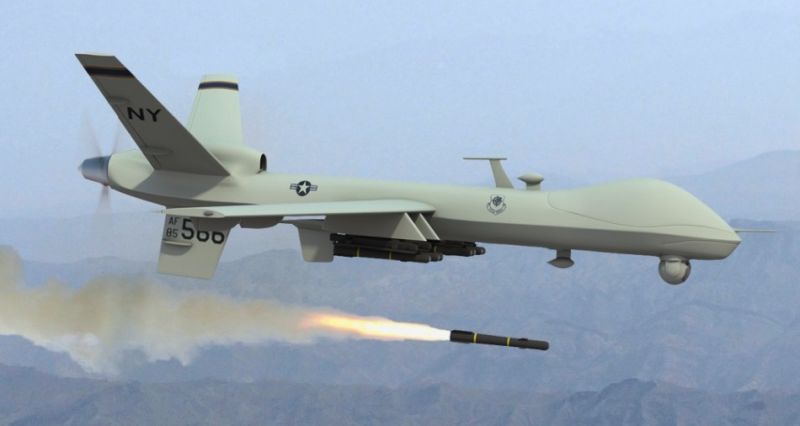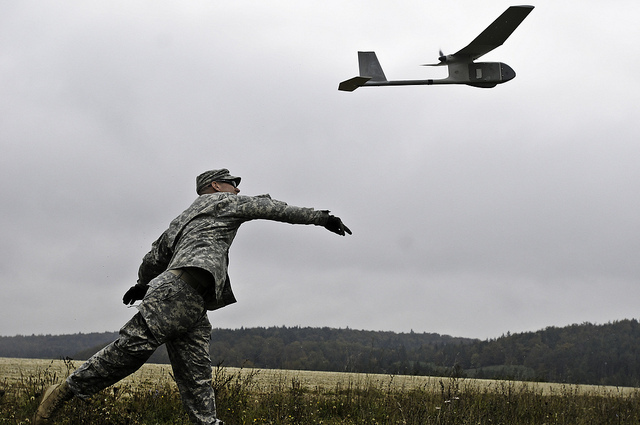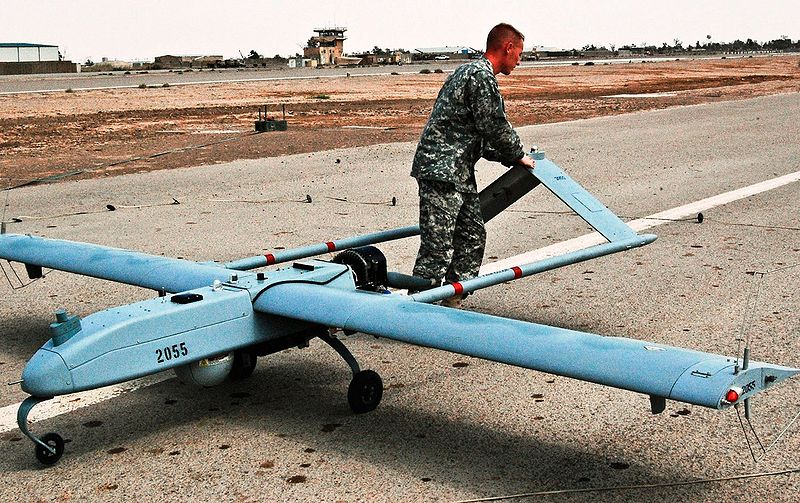
US Air Force photo
There’s been a windstorm of big news on the unmanned aerial vehicle front in the last 48 hours:
- The LA Times released a stunning minute-by-minute narrative, “Anatomy of an Afghan War Tragedy,” detailing how US helicopters in Afghanistan, goaded by a Nevada-based drone pilot and cameraman, annihilated a convoy of ethnic Hazaras trekking across the country…including women and children.
- The military acknowledged the first fatal friendly-fire drone incident, in which a Marine and a Navy corpsman were killed by a Predator missile strike during an Afghanistan firefight last week.
- Pakistan, which has always publicly condemned CIA drone strikes within its borders while tacitly supporting them, is now privately demanding that the US end the attacks.
- The DOD’s dirty-tricks research arm is tossing a pile of cash at a sunglasses maker to build lightweight holographic goggles that would (theoretically) help ground troops better communicate and coordinate attacks with unmanned aerial vehicles and manned aircraft. Sound crazy? Don’t worry: They’ve got big guys like Northrup Grumman and Raytheon working on it, too. For oodles of money.
How to make sense of all this? Basically, there are profound human-error issues inherent in telling folks in Nevada and Florida to fight a remote-control war in Southwest Asia. There’s also been an overreliance on drones as a panacea. And now, the military is acknowledging the difficulties, by way of tossing some money at new technology solutions.
How well’s that gonna work out? I talked about that and more yesterday on RT’s The Alyona Show. Check it out below.
(Full disclosure: RT is a sort of Russian Al Jazeera English. Its Western coverage, led by show anchors like Thom Hartmann, Adam Kokesh, and Alyona Minkovsky, is top-notch in my book. But it’s also got a reputation in some circles for being Kremlin-friendly. They’re probably more interested in my thoughts on US drones than on Uzbek politics.)















